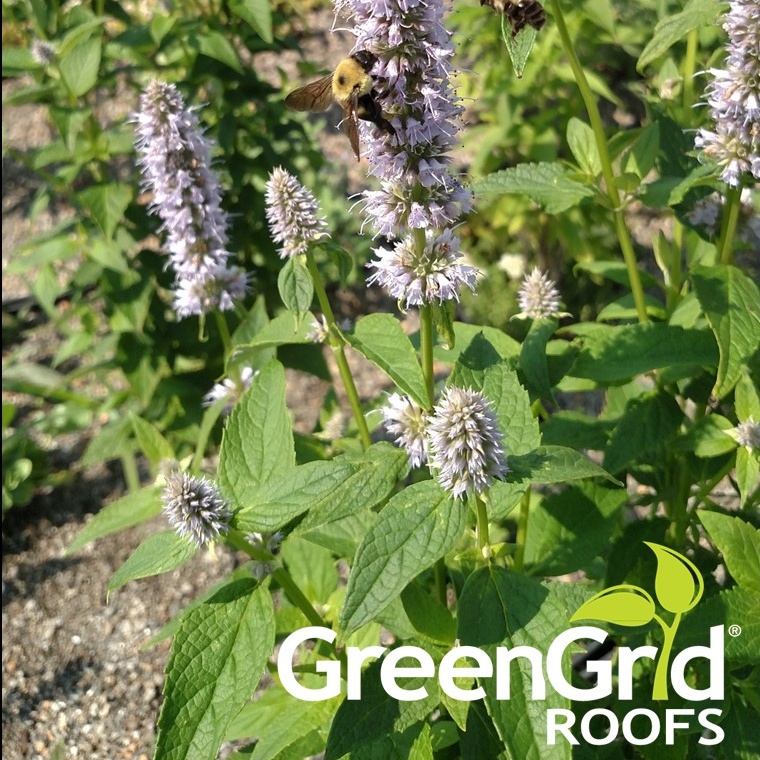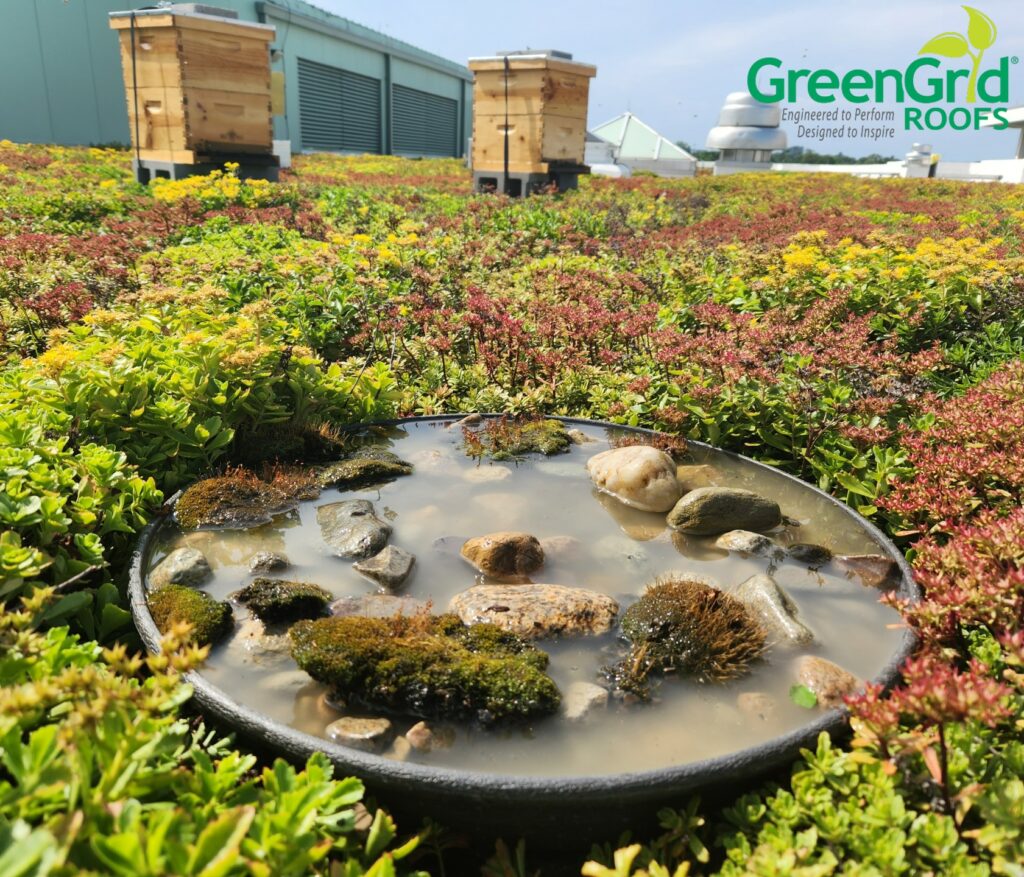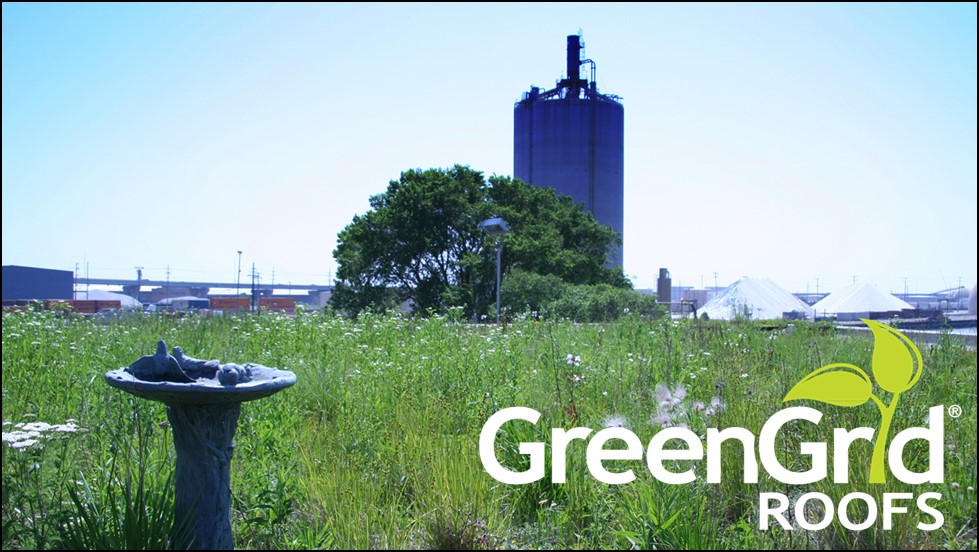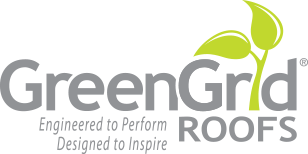Green roofs are gaining recognition for their positive impact on urban biodiversity, as they reintroduce ecosystems lost during urban development. These environments offer opportunities for local wildlife to thrive.
Scientific studies and observations consistently highlight the following key points:
Habitat Creation:
Green roofs create new habitats for a variety of animal species that might struggle in urban settings. Pollinators and other insects can find food and shelter among the vegetation attracting birds and other small animals, thus creating a mini ecosystem.
Supporting Native Plant Species:
Designing green roofs with native plant species is essential for supporting local biodiversity. Native plants are well-suited to the local climate, require less maintenance while providing food and shelter for indigenous insects and animals. However, it’s crucial to select plants that can thrive in an environment characterized by full sun, dry conditions, strong winds, limited soil depth and rocky, inorganic soil.
Connecting Green Spaces:
When multiple buildings in an urban area accommodating green roofs, they form a network of green spaces serving as steppingstones for wildlife. These green corridors enable animals to move throughout the urban landscape, accessing various resources and habitats.
Increased Plant Diversity:
Green roofs can accommodate a diverse range of plant species, creating a patchwork of habitats that encourages the coexistence of various communities. This diversity contributes to a healthier ecosystem supporting a broader array of wildlife.
Heat Island Mitigation:
Green roofs help mitigate the urban heat island effect, reducing the overall temperature of urban areas. Transpiration from the vegetation cools the surrounding air, creating pockets of cooler air that offer some relief to animals during hot days.
Air Quality Improvement:
Green roofs act as natural air filters, removing pollutants and particulates from the atmosphere. This leads to cleaner air, benefiting the health of urban residents and wildlife alike.
In summary, green roofs play a crucial role by providing new habitats for local wildlife, contributing to a healthier and more balanced urban ecosystem. As more cities recognize these benefits, their implementation of green roofs could become a valuable tool for conserving biodiversity in urban areas.
 Greenroofs.comConnecting the Planet + Living Architecture
Greenroofs.comConnecting the Planet + Living Architecture






